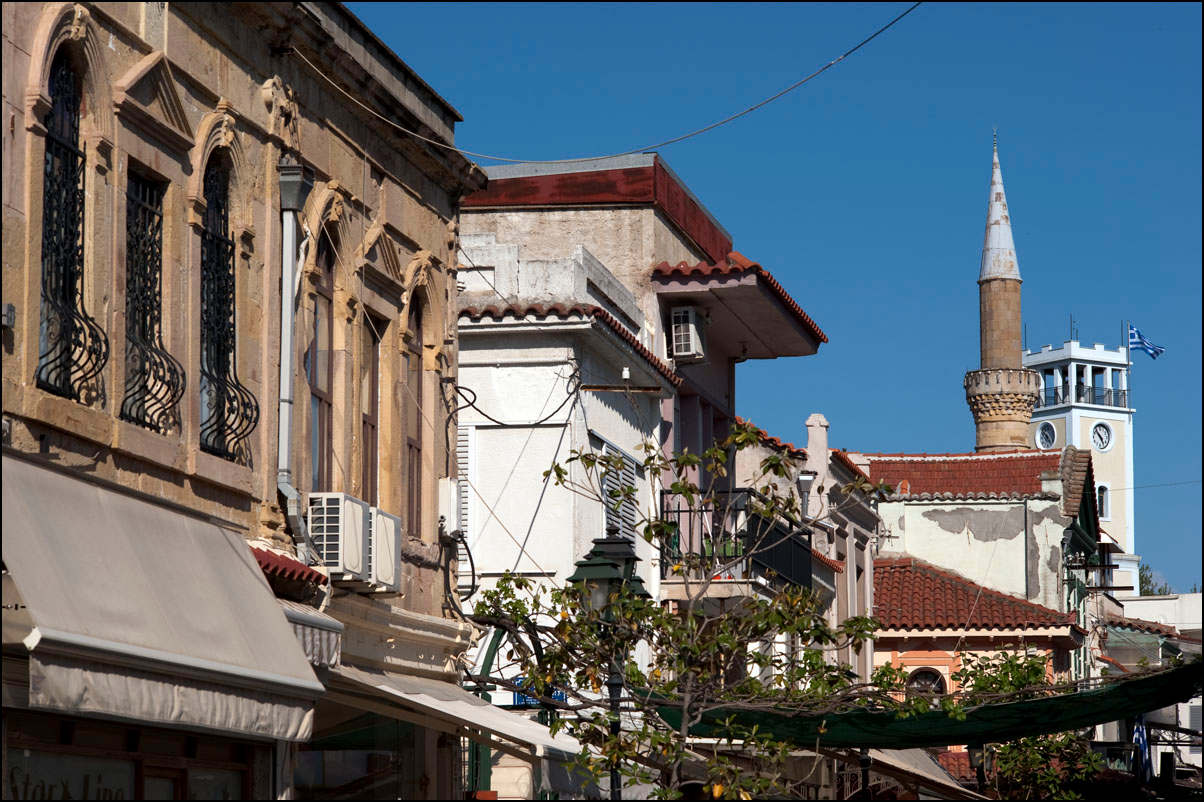Bektashism-Alevism represent a unique dogma within Islam that has shaped a fascinating dimension of Islamic mysticism as well as a captivating mosaic of traditions, ceremonies and anthropological interactions, from Anatolia in Turkey to the Balkans and lately to Europe.
It has its roots in Persian-speaking Central Asia, the 13th century Khorasan, and, among other things, mainly the spiritual struggle against the “Ego” and towards the union with the Divine, practices full equality between men and women. Strikingly, the third of the twelve legacy exhortations of its main spiritual figure, Haji Bektash, is, “educate women”, and that around 1300.
The spiritual center of Bektashism-Alevism is the small town of Haci Bektas in central Anatolia, Turkey but its second most important spiritual site is near the village of Roussa, in Thrace, northern Greece, where the tekke of Seyyid Ali Sultan, a place where dervishes used to live within a specific cadre of spiritual and religious discipline, was founded around the middle of the 15th century.
During the Ottoman Empire, Bektashism spread all through the Greek space, from Crete to northern Greece, and its presence began to fade after the Balkan wars while after the Lausanne Treaty Bektashism gradually almost disappeared.
However, in Thrace, northern Greece, in a region west of the town of Soufli, Bektashism-Alevism survives, without about 3500 Bektashis-Alevis who continue to keep almost untouched the old traditions, ceremonies and beliefs of Bektashism-Alevism.
Spread in ten villages, this population, a minority of Bektashis-Alevis within the larger minority of Muslim Greeks which are mainly Sunni, was isolated for decades due to geography but also because of the restrictions that the Greek state was imposing to the Muslim populations in mountainous areas.
After the 90s and the lifting of the restrictions, the Bektashi-Alevi community in northern Greece gradually started to become more and more visible and, lately, to request an official recognition as a different religion from the Greek state.
The center of the religious and spiritual life of the community is the Seyyid Ali Sultan tekke while in almost all the villages where they live there are places of worship, cemevi, where the community regularly meets for spiritual ceremonies.
Their main ceremonies, cem, bring together those members of the community, men and women, who have taken a special oath, ikrar, under very specific rituals and within an organized hierarchy of 12 positions, post, with a highly spiritual and symbolic meanings.
The main spiritual orientation, of the ceremonies and the rituals is the struggle against the Ego and the closeness to the Divine, that compose their spiritual path, yol.
Intrinsic to this spiritual path is the social organization of the community, with the traditions of the musahiplik, spiritual brotherhood/companionship between members of the community and the duskunluk, meaning the shunning of a person or persons who are considered to have committed a grievance against another member of the community. Based on these two main pillars of social organization, the community has managed to keep its social coherence and consistency and to manage the dynamics of modernization.
The regular religious praxis as well as the unvarying organization of religious fests all through the year, are sound indicators that the community has succeed to keep its traditions and its spirituality alive.
Today, the religious and spiritual identity of the community is gradually transformed into a solid cultural identity, with the younger generations of the community playing a crucial role.
In that sense, and according to UNESCO’s definitions, Alevism-Bektashism in Greek Thrace, in addition of being a lived religion, is also a cultural heritage that has to be protected; and the best way to protect it is through the official recognition of Alevism-Bektashism as an different religion.
This recognition will not only preserve and enhance the ongoing religious and cultural structures and practices of the Alevi-Bektashi community in Greek Thrace, but it will give a new frame within which the community will be able to face the challenges of the ongoing social changes and mainly the gradual migration of its younger generations to the cities.
*Evangelos Areteos is journalist and Research Associate on ELIAMEP’s Turkey Programme



